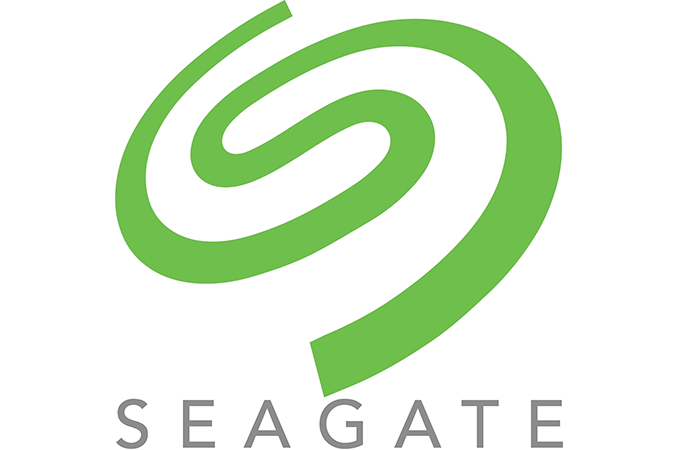Seagate to Lay Off Over 8,000 to Lower Costs
It is not a secret that total available market of hard drives significantly shrank in the recent years due to the slowing sales of PCs and popularization of SSDs for most low-end capacity devices. In a bid to stay profitable, leading hard drive makers attempt to lower their costs by optimizing product roadmaps, reducing production capacities and reducing overhead. In the recent weeks. Seagate has announced plans to cut its headcount by over 8,000 people within the next 12 months.
Seagate announced its first restructuring plan in late June, under which it plans to lay off 1,600 people worldwide, or about 3% of the company’s workforce. The decision will affect all geographies and organizations equally for the most part, Seagate indicated. The company said that the implementation of this plan would cause pretax charges of $62 million (recorded in the fiscal fourth quarter of 2016), but will help the company to save approximately $100 million on an annual run rate basis in the fiscal year 2017.
The second restructuring plan announced this week seems to be considerably more drastic than the first one. Seagate intends to reduce its workforce in Americas, Asia and EMEA by approximately 6,500 people, or 14% of its global headcount by the end of its fiscal year 2017. As a result, Seagate will lay off about 8,100 of its employees within the next 12 months in total. The move will cost the company $164 million, but is expected to significantly lower the manufacturer’s expenditures going forward.
While the measures to cut down the headcount seem rather significant, it looks like Seagate has not revealed all of its restructuring initiatives just yet. During its latest conference call in April, Seagate announced plans to reduce its manufacturing capacities from around 55 million to 60 million drives per quarter to approximately 35 million to 40 million drives per quarter. The decline in personnel it seems is only a part of the plan to cut down expenses and manufacturing capacities.
So far the company did not elaborate on its intentions regarding the reduction of manufacturing capacities, but this will likely happen in the coming weeks as Seagate decides to proceed with the plan. At present, it is unknown whether the move might trigger additional overhead optimizations, but this is a possibility.
In the Q4 of its fiscal 2016 (which is calendar Q2 2016) Seagate sold approximately 37 million HDDs, down from around 45.2 million in the same period a year ago, and earned about $2.65 billion in revenue, the company said in its statement. Seagate’s gross margin during the quarter was 25%, but the hard drive maker expects its margins to increase to 27-32% by late December thanks to its lower costs and increased sales of enterprise-class HDDs. Given the current sales of hard drives, Seagate might indeed need to reduce its production capacities since the company could produce significantly more drives that it could sell.


